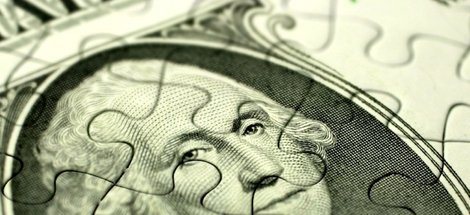August retail sales up 3.2% from year ago, consumers ‘remain steadfast’
by September 14, 2023 5:25 pm 353 views

Retail sales struggled to outpace the rate of inflation in August, rising 2.5% overall, against a federal Consumer Price Index (CPI) reading up 3.7% for the same month, according to federal agency reports this week.
After stripping away restaurant and gasoline sales, the National Retail Federation reported year over year retail sales increased 3.2%. The sales are not adjusted for inflation that is running above that through August.
“August retail sales show that consumers remain steadfast in the face of continued inflation and higher interest rates,” NRF President and CEO Matthew Shay said. “Consumers are focused on household priorities, as evident by spending this back-to-school season. Entering the fall, we expect moderate growth to continue despite uncertainties like the direction of inflation and interest rates as well as a potential government shutdown.”
NRF reports sales were up year-over-year in five out of nine categories in August. Consumers are still spending on health and personal care with sales up 7.8%. They are also shopping online pushing those sales up 7.6% compared to a year ago. Clothing sales were up 3.6% from a year ago, and general merchandise sales rose 3%.
Other categories like electronics, sporting goods and building supplies are seeing sales lower year over year. Electronics and sporting goods sales each fell 1.6% from a year ago while building materials and garden supply sales dropped 3.8%. The largest decline came in furniture sales falling 7.6% from a year ago.
The retail trade group recently issued a more cautious expectation for full-year sales given the reduced gains compared to a year ago.
“NRF’s numbers show the pace of retail growth cooled from July but that consumers are still active even as they continue to be selective and price sensitive,” NRF Chief Economist Jack Kleinhenz said. “Households have the capacity to spend, but momentum is slowing, in part because savings built up during the pandemic are running lower and credit costs are rising. Consumer spending growth has slowed but there is little hint of any sudden collapse.”
The NRF said retail sales on up 3.8% for the first eight months of 2023 compared with the same period in 2022. Wells Fargo Securities economists warn that retail sales outside of restaurants are slowing and that could mean a somewhat disappointing holiday season. That disappointment could happen even though many consumers have money to spend but are not buying discretionary items at the rate they did in the past two years. Consumers are still spending on experiences.
Dr. Evan Barrington, vice president of economic analysis and forecasting at market research firm TraQline, told Talk Business & Politics that economic growth over the first eight months of the year has surprised almost everybody. He said many expected the U.S. to fall into recession in the back half of this year, but that has not yet happened in part because consumers have kept spending despite the higher prices.
“A continued expansion in jobs is a key reason why consumer spending has been so resilient. I expect that we will see slower growth as the year winds down, compared to the first half. The big debate among economists is, will we dip into a mild recession or will we have the so-called ‘soft landing,’ where growth slows, but we solve the inflation problem and manage to avoid a recession? The jury’s out on that one right now,” he said.
